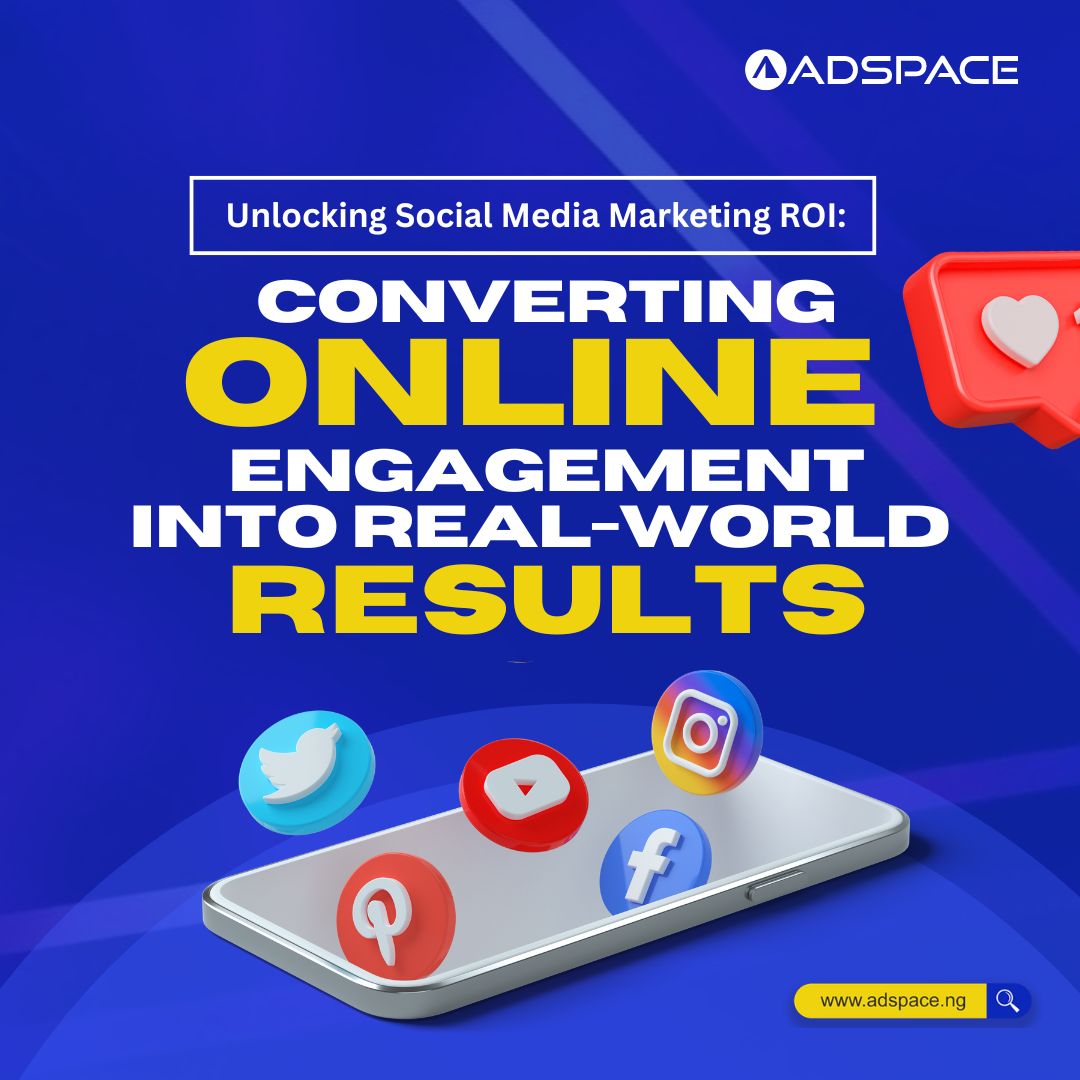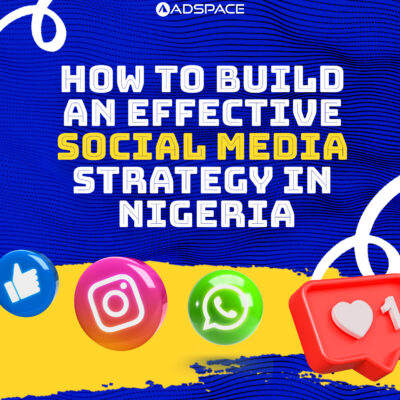I. Introduction to Social Media Marketing ROI
A. Defining Social Media Marketing ROI
Social Media Marketing ROI refers to the return on investment you generate from your social media marketing efforts. It’s a metric that helps you understand how effectively your social media strategy translates into sales, brand awareness, or other defined goals. By calculating your Social Media Marketing ROI, you can assess the effectiveness of your social media campaigns and make informed decisions about resource allocation and strategic adjustments.
B. Importance of Converting Online Engagement into Tangible Results
Social media engagement is a fantastic indicator of brand awareness and audience interest. However, the ultimate goal is to convert that interest into measurable actions that benefit your business. This could be driving website traffic, generating leads, or ultimately, securing sales. By strategically leveraging online engagement, you can nurture relationships with potential customers, guide them through the sales funnel, and ultimately turn them into loyal brand advocates.
II. Understanding Social Media Metrics
Before diving into sales-driving strategies, it’s crucial to understand the key metrics that measure social media performance. These metrics provide valuable insights into audience behavior and engagement, allowing you to refine your approach and optimize your content for better results.
A. Key Metrics for Measuring Social Media Engagement
- Likes, Shares, and Comments: These basic engagement metrics indicate how well your content resonates with your audience. A high number of likes, shares, and comments signifies that your content is sparking conversations and encouraging active participation.
- Follower Growth and Reach: Track the number of new followers you gain over time to assess your audience growth. Reach refers to the number of unique users who see your content. Analyzing both metrics helps you understand how effectively you’re expanding your audience reach.
- Click-Through Rates (CTR) and Conversion Rates: CTR measures the percentage of users who click on a link within your social media post. Conversion rates, on the other hand, indicate the percentage of those who click and complete a desired action, such as making a purchase or signing up for a newsletter. These metrics are vital for gauging the effectiveness of your social media content in driving users towards specific goals.
B. Analyzing Data to Assess Social Media Performance
Social media platforms offer built-in analytics tools that provide valuable data on your audience demographics, content performance, and overall engagement. Regularly analyzing this data allows you to identify what’s working well and what areas need improvement. For instance, if a particular type of content consistently generates high CTRs but low conversion rates, you may need to adjust your CTAs or the post-click landing page to incentivize conversions.
III. Strategies for Driving Sales Through Social Media
Now that you understand the importance of Social Media Marketing ROI and how to measure social media performance, let’s explore specific strategies for converting online engagement into sales.
A. Creating Compelling Content that Drives Action
High-quality, engaging content is the cornerstone of any successful social media strategy. Here are a few types of content that can drive sales:
- Product Demonstrations and Tutorials: Showcase your products in action through engaging videos or live streams. Highlight product features and benefits, and address common customer pain points.
- User-Generated Content and Reviews: Encourage customers to share their experiences with your brand by running contests or offering incentives. User-generated content builds trust and authenticity, influencing purchase decisions for potential customers.
- Limited-Time Offers and Exclusive Deals: Create a sense of urgency and excitement by offering exclusive discounts or promotions through social media. This can incentivize immediate purchases and boost sales figures.
B. Leveraging Social Commerce Features for Direct Sales (Continued)
- Integration with E-commerce Platforms: Integrate your social media profiles with your e-commerce platform to ensure a smooth customer journey. This allows users to seamlessly transition from product discovery on social media to completing a purchase on your website.
IV. Building Relationships and Trust
Social media is a powerful tool for building relationships and fostering trust with your audience. Here’s how to leverage it effectively:
A. Engaging with Your Audience to Foster Trust
- Responding to Comments and Messages: Promptly respond to comments and messages on your social media posts. This demonstrates that you value your audience’s feedback and are committed to providing excellent customer service.
- Hosting Q&A Sessions and Live Streams: Organize interactive sessions where you answer audience questions in real-time. This fosters a sense of connection and allows you to address potential customer concerns directly.
- Showcasing Behind-the-Scenes Content: Offer your audience a glimpse into your company culture and team members. This transparency builds trust and humanizes your brand.
B. Utilizing Influencer Marketing to Amplify Your Message
Partnering with influencers in your niche can significantly extend your reach and amplify your brand message.
- Partnering with Influencers for Endorsements: Collaborate with relevant influencers to showcase your products or services. Their positive endorsements can hold significant sway over their audience’s purchase decisions.
- Collaborating on Co-Created Content: Work with influencers to co-create engaging content that resonates with their audience. This leverages their creativity and established following to promote your brand in an authentic way.
- Leveraging Influencer Audiences for Increased Reach: Influencer marketing allows you to tap into the reach of established personalities, significantly expanding your brand awareness and potential customer base.
V. Tracking Social Media Marketing ROI

Measuring your Social Media Marketing ROI is crucial for understanding the effectiveness of your social media efforts. Here’s how to track and analyze your results:
A. Calculating ROI from Social Media Campaigns
- Setting Clear Objectives and Goals: Before launching a campaign, define clear and measurable goals, such as website traffic increase, lead generation, or sales conversions.
- Assigning Monetary Value to Conversions: Assign a monetary value to each conversion (e.g., a sale or a qualified lead) to calculate the total revenue generated from your social media efforts.
- Using Analytics Tools to Monitor and Measure ROI: Utilize built-in analytics tools or third-party platforms to track key metrics like reach, engagement, and conversions. These tools help you calculate your ROI and identify areas for improvement.
B. Assessing the Overall Impact on Sales and Revenue
Go beyond basic campaign metrics to assess the broader impact of social media on your sales and revenue.
- Attribution Models and Multi-Touch Analysis: Social media interactions often occur at various touchpoints within the customer journey. Use attribution models to understand how social media contributes to sales, even if it’s not the direct source of the last click.
- Comparing ROI Across Different Social Media Channels: Track and compare your ROI across different social media platforms to identify which channels are most effective in driving sales and conversions. This allows you to optimize your resource allocation and focus on the platforms that yield the highest returns.
- Iterating Strategies Based on ROI Insights: Regularly analyze your Social Media Marketing ROI data to identify what’s working and what’s not. Use these insights to refine your strategies, adjust content formats, and optimize your social media presence for continued growth and improved ROI.
VI. Case Studies: Successful Examples of Social Media Marketing ROI
Showcasing real-world examples can solidify the concepts discussed. Here are a few potential case studies to illustrate the power of Social Media Marketing ROI:
- Case Study 1: E-commerce Brand Increases Sales with Instagram Shopping Features
- Case Study 2: Local Business Drives Foot Traffic with Facebook Events and Offers
- Case Study 3: B2B Company Generates Leads Through LinkedIn Content Marketing
These case studies can delve into specific strategies and tactics employed by businesses to achieve remarkable results through social media marketing. They can showcase how businesses leveraged social media engagement to drive sales, increase brand awareness, or generate leads.
VII. Challenges and Solutions
A. Overcoming Common Obstacles in Achieving Social Media Marketing ROI
Despite its potential, achieving a sustainable Social Media Marketing ROI comes with its own set of challenges:
- Lack of Strategy and Clear Objectives: Without a well-defined strategy and measurable goals, it’s difficult to track progress and optimize your social media efforts.
- Difficulty in Tracking Conversions and Attribution: Attributing sales directly to social media interactions can be complex. Utilize multi-touch attribution models and leverage advanced analytics tools for a more comprehensive
- Balancing Organic and Paid Social Media Efforts: Organic reach on social media platforms can be limited. Consider incorporating paid social media advertising to amplify your reach and target specific demographics. However, striking a balance between organic and paid efforts is crucial for long-term sustainability.
B. Implementing Solutions and Best Practices for Maximizing ROI
Here are some best practices to address these challenges and maximize your Social Media Marketing ROI:
- Develop a Data-Driven Social Media Strategy: Base your social media strategy on data and insights from your audience and competitor analysis. Define clear goals, target specific demographics, and tailor your content accordingly.
- Invest in Social Media Management Tools: Utilize social media management tools to streamline your workflow, schedule posts, and track performance metrics across different platforms. This saves time and allows you to focus on crafting high-quality content.
- Experiment and Optimize Continuously: The social media landscape is constantly evolving. Regularly test different content formats, scheduling strategies, and CTAs to identify what resonates best with your audience. A/B testing allows you to compare different approaches and optimize your content for maximum impact.
- Partner with Social Media Agencies or Consultants: Consider collaborating with social media agencies or consultants for expert guidance and campaign management. Their expertise can help you develop a winning social media strategy and navigate the ever-changing social media landscape.
VIII. Future Trends in Social Media Marketing ROI
Staying ahead of the curve is essential in the dynamic world of social media. Here are some emerging trends that will likely impact Social Media Marketing ROI in the future:
A. Emerging Technologies and Features Impacting ROI
- Augmented Reality (AR) and Virtual Try-On Experiences: AR technology allows customers to virtually experience products before making a purchase. This can increase engagement and boost conversion rates.
- Social Commerce Integration with Virtual Events: The integration of social commerce features within virtual events allows for seamless product discovery and purchase during online experiences.
- AI-Driven Personalization and Recommendation Engines: Artificial intelligence can personalize content recommendations and user experiences on social media platforms. This targeted approach can lead to increased engagement and ultimately drive conversions.
B. Anticipated Shifts in Social Media Marketing Strategies for Improved ROI
- Focus on Building Communities and Fostering Long-Term Relationships: Social media marketing will likely shift towards building genuine communities around brands. This focus on long-term engagement fosters loyalty and advocacy, leading to a more sustainable ROI.
- Prioritizing User-Generated Content and Influencer Marketing: User-generated content and influencer marketing will continue to play a significant role in social media marketing strategies. Authenticity and trust will be key drivers of purchase decisions.
- Data-Driven Content Creation and Targeting: Data analysis will play an even greater role in content creation and targeting strategies. Social media platforms will offer more sophisticated tools to help businesses understand their audience and tailor content for maximum impact.
IX. Conclusion: Optimizing Social Media for Business Growth
By implementing the strategies and best practices outlined in this blog post, you can transform your social media presence into a powerful engine for driving sales and achieving your business goals. Remember, the key lies in understanding your audience, creating engaging content, building trust, and continuously measuring and optimizing your social media efforts for maximum ROI. Embrace the ever-evolving social media landscape, and leverage its potential to connect with your audience, convert engagement into sales, and propel your business forward.










